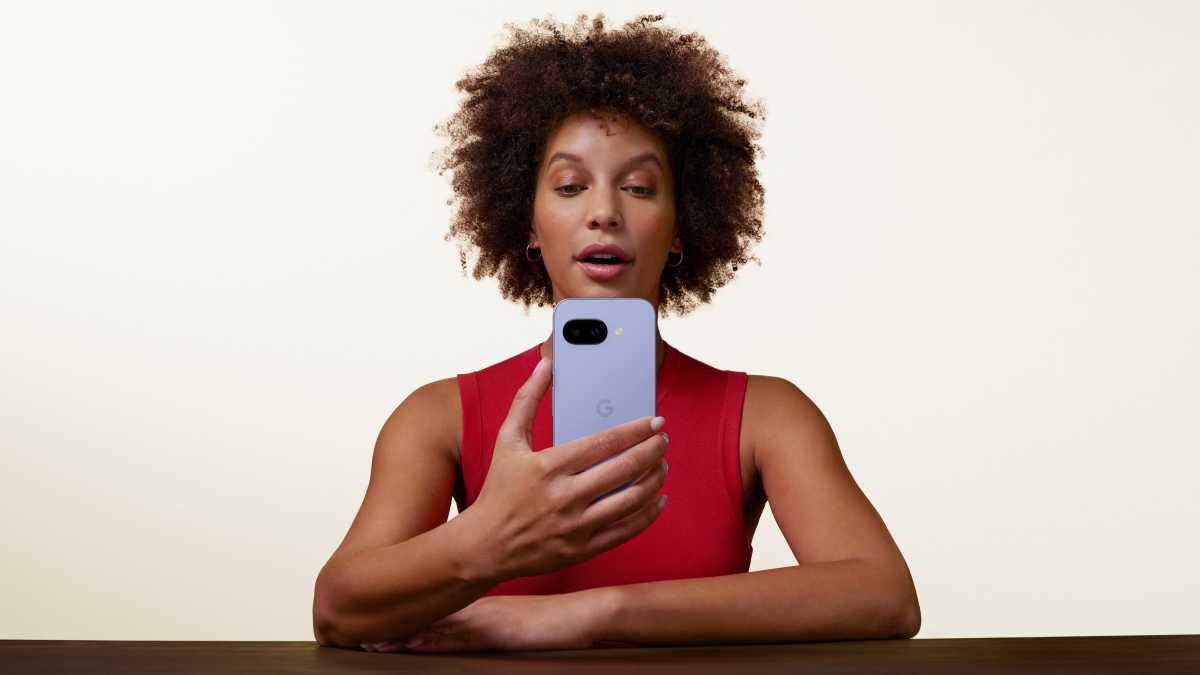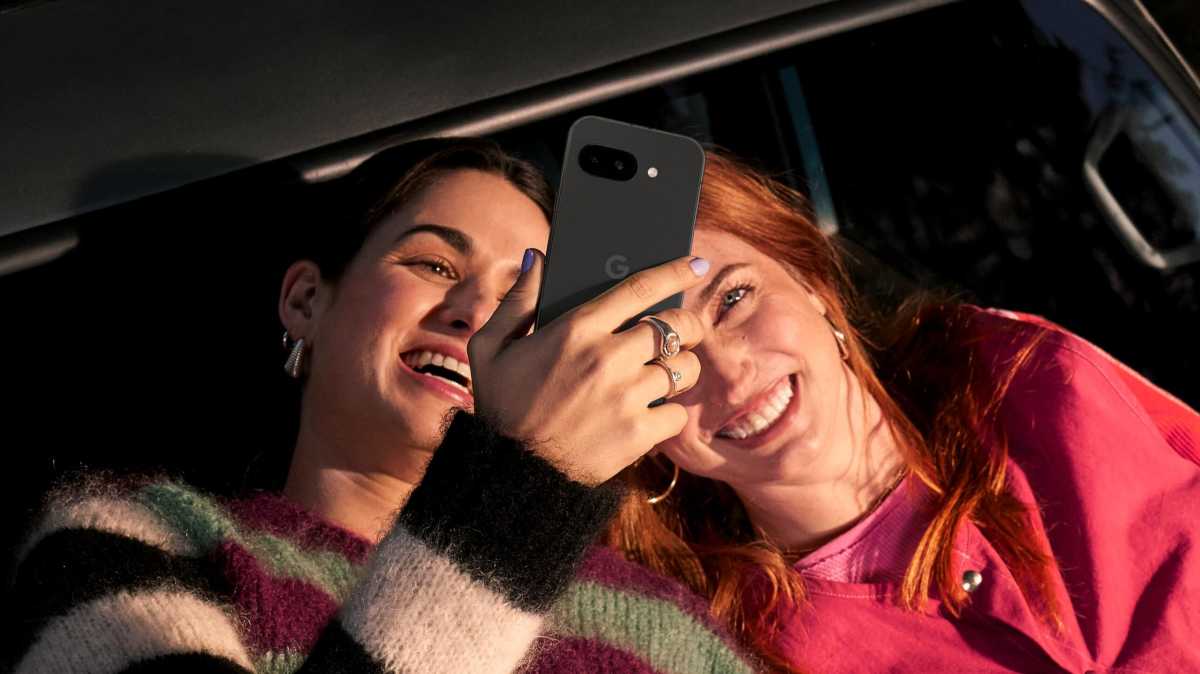Google has launched its first phone of 2025, and it’s likely to be the most popular of them all.
The new Pixel 9a is launching earlier than in recent years, with Google promptly responding to Samsung’s Galaxy A56 and the iPhone 16e.
On the surface, the handset is a lot like last year’s Pixel 8a, but there are also some potentially significant changes.
Here’s everything you need to know about the Pixel 9a, including price, key specs and when you’ll be able to get your hands on one following the delay.
When will the Google Pixel 9a be released?
Google officially launched the Pixel 9a on 19 March 2025.
However, there was no way to pre-order the phone at launch. Google said to The Verge that a “component quality issue” was causing the delay, but didn’t provide a specific release date.
The company has now confirmed that the Pixel 9a will be released on 10 April 2025 in the UK, US and Canada. It’ll arrive in other European countries on 14 April, before Australia and Asian countries get it on 16 March.
Google has also revealed more about the delay in a statement to 9to5Google: “Rumors and speculation regarding this delay are false. A passive component in Pixel 9a didn’t meet our rigorous quality standards for device longevity and rather than ship it, we made the difficult decision to delay the on shelf and take corrective action on the small number of affected units”.
However, there will be no pre-orders, meaning the Pixel 9a will be available to ship in the UK, US and Canada immediately following 10 April. See our Pixel 9a deals guide for the best places to buy one.
In the meantime, you can sign up to be notified when the phone becomes available.
Prior to the 9a launch, Android Headlines suggested this is a new permanent release schedule for Pixel A phones, meaning the Pixel 10a would be expected in March 2026.
Here’s when the previous generations were unveiled:
How much does the Google Pixel 9a cost?
Here’s how much the Pixel 9a will cost when bought outright at launch:
- 128GB – £499/$499
- 256GB – £599/$599
For context, the starting price is identical to the Pixel 8a in the UK and US, though the 256GB model is £40/$40 more expensive.
For context, here are the starting prices of the previous models:
- Pixel 8a – £499/$499
- Pixel 7a – £449/$499
- Pixel 6a – £399/$449
- Pixel 5a – $449 (no UK release)
- Pixel 4a 5G – £499/$499
- Pixel 4a – £349/$349

What specs and features does the Google Pixel 9a have?
On paper, the Pixel 9a has a lot of strings to its bow that make it a compelling mid-range option.
Let’s start with the upgrades compared to the Pixel 8a – there are two main ones.
The first is a move to Google’s Tensor G4 (from the Tensor G3), the same chipset that powers all four Pixel 9 phones. Benchmarks suggest it’s not quite as powerful as the Qualcomm Snapdragon 8 Elite found in many of the best Android phones, our reviews of the Pixel 9, 9 Pro, 9 Pro XL and 9 Pro Fold show it’s a very capable performer.
Alongside 8GB of RAM, it should be able to handle all everyday tasks without a problem. It remains to be seen how well it’ll handle demanding tasks such as gaming, though. There are two models to choose from, offering either 128- or 256GB of non-expandable storage.
The other big improvement is to battery capacity. Google has replaced the Pixel 8a’s 4492mAh cell with a 5100mAh here, making it the biggest we’ve ever seen on a Pixel phone. Hopefully, that will address what was fairly mediocre battery life.

However, there’s no improvement in charging speeds. The Pixel 9a is limited to just 23W speeds, and even then, only if you already own or buy a compatible charger – there isn’t one included in the box. You do get Qi wireless charging, albeit at just 7.5W.
A third significant change will likely be more controversial. Google has ditched the Pixel 8a’s visor-style camera bar, but not replaced it with the pill-shaped module of the Pixel 9 series. Instead, the two rear lenses are in a small section that sits almost flush with the back of the phone.
On paper, the 48Mp main camera looks like a downgrade compared to the 64Mp lens on the Pixel 8a. But combining it with a slightly smaller sensor (1/2″ as opposed to 1/1.73″) the 9a can produce the same 0.8µm pixel size, while a wider f/1.7 aperture (from f/1.9) should actually allow it to let in more light.
In fact, the main lens appears to be identical to the Pixel 9 Pro Fold, which delivers impressive results in most environments. However, a 13Mp, f/2.2 ultrawide (with a 120-degree field of view) is still the only other rear lens, meaning there’s no room for a telephoto lens.
The biggest downside to that is a loss in optical zoom ability. Google’s ‘Super Res Zoom’ goes up to 8x, but it relies entirely on digital zoom, so the results probably won’t be as good.
On the front, a 13Mp, f/2.2 lens is unchanged, but the Pixel 8a was already capable of taking excellent selfies.

The 6.3-inch display is also familiar, sticking with a Full HD+ (1080 x 2424) pOLED panel and 120Hz refresh rate. However, Google now claims an improved peak brightness of 2700 nits. Within the screen is an optical fingerprint sensor, with both this and the face unlock secure enough to authenticate payments and unlock banking apps.
The phone also boasts a flagship-level IP68 rating, meaning it’s protected against dust and submersion in up to 1.5m of freshwater for up to 30 minutes. And despite a premium metal and glass build, the Pixel 9a weighs just 186g, making it one of the lighter phones around.
In terms of colours, you have four options: Obsidian (black), Porcelain (grey), Iris (light purple) or Peony (pink).
On the software side, the Pixel 9a runs Android 15 out of the box and will be among the first in line for Android 16 once it arrives later this year.
Android 15 includes lots of AI features, including Google Gemini and Circle to Search. However, Ars Technica has revealed that the Pixel 9a will get a scaled-back experience, without the Gemini Nano on-device features and no Pixel Screenshots app. This is apparently due to the phone only having 8GB of RAM.
However, Google is still committed to its class-leading seven years of OS and security updates.
Look out for our full review of the Pixel 9a soon. In the meantime, read our guide to the best mid-range phones to see what the phone will be up against.














